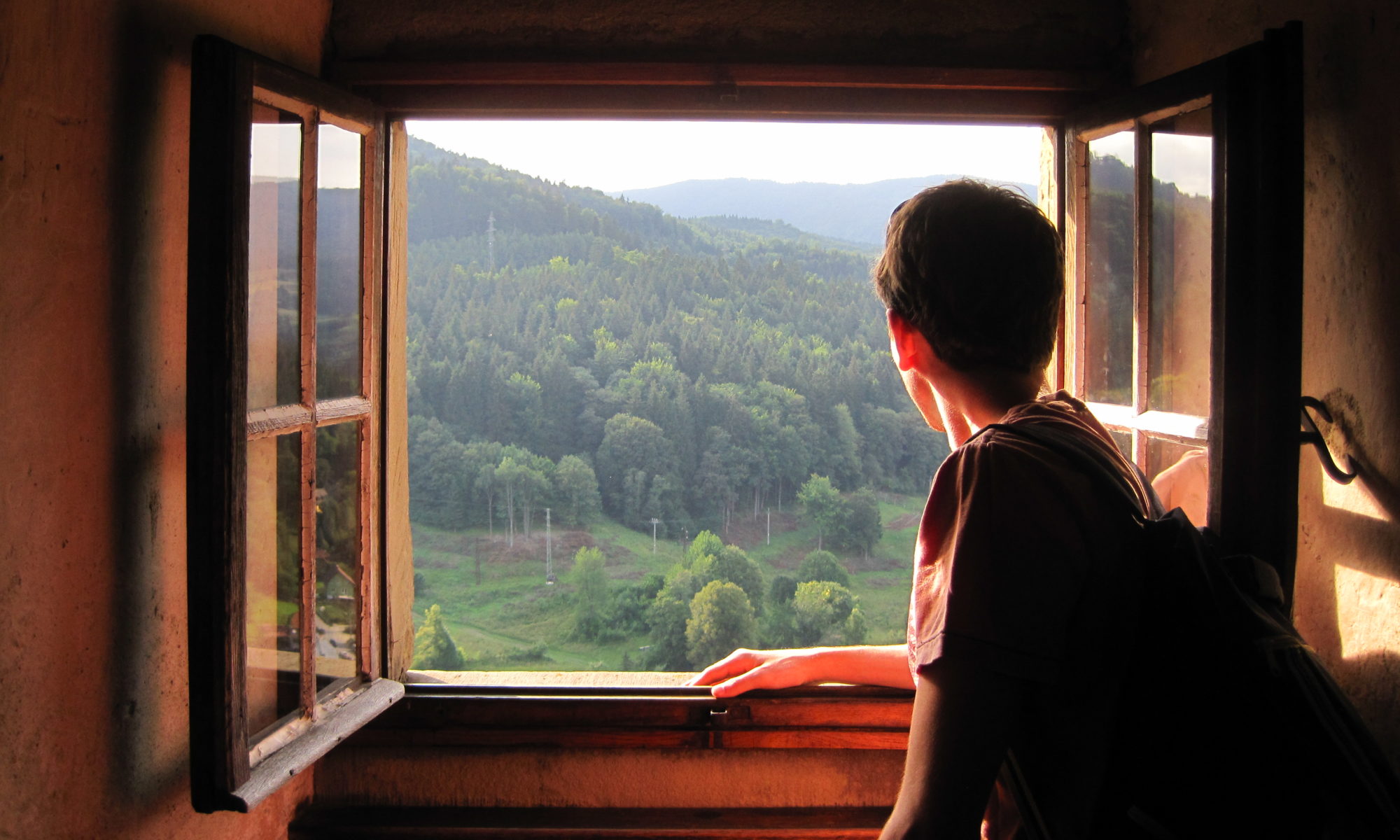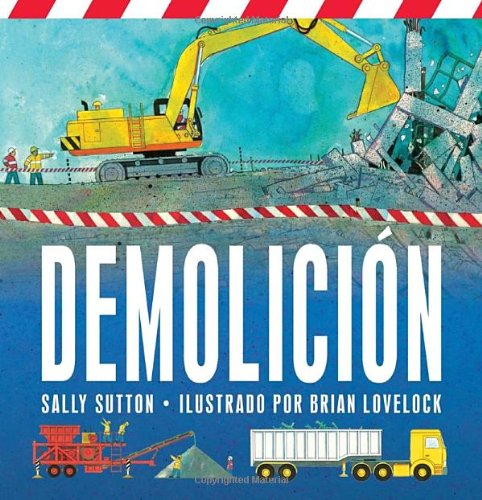Sometimes, don’t you feel like Phoebe from Friends teaching French to Joey? This morning my husband was trying to get N to pronounce “svetlo” (light), but it kept coming out more like this “sleplah.” When I asked him to pronounce it for me, he very slowly said, “Mama, se dice “SLEP-lah,” like I’m the one misunderstanding. Anyway, sometimes it’s hard not to laugh (in their faces).
‘Constructing’ My Vocabulary
I just posted about the realization that, though I am natively fluent in Spanish, there were many words on which I needed a refresher. One of N’s first obsessions was with trucks, specifically those having to do with construction. My preferred way to learn more about them was through books (which you will notice is a common theme for me, just because they relieve so much of the pressure of providing new and interesting vocabulary), but along the way we’ve also encountered the occasional show and activity that spark some great opportunities for expanding their (and refreshing my) vocabulary.
Books
Both N and E love this book, which their grandmother brought on a visit about a year ago and is still in our bedtime rotation.
(For the record, this is an affiliate link, which means if you click on it to purchase from Amazon, I may earn a small commission, which will allow me to fund the further purchase of books and other items so my kids can put them to the test and, if merited, maybe even earn a recommendation on this blog.)
No todas son grúas, Mama
I’ve lived in the continental US for roughly 14 years now, studying and working mainly in English. I thought I’d been doing a good job of maintaining my Spanish, but as soon as N started getting curious about the names of things and their functions and their why why whys, I realized I needed a more extensive arsenal at my disposal. Growing up bilingually, I tended to speak Spanglish (with an emphasis on the ‘glish) when it came to topics I associated with the US, which to me included, among other things, anything to do with snow. It’s a vocabulary I learned through movies and trips to the US so for me, “copo de nieve” just did not have the same whimsical feeling as “snowflake.” Little did I know as a young girl in Puerto Rico, that I would be spending my adult years in the cold and snowy northeast.
And leave it to a toddler to make you question your most basic knowledge. Until a year ago, I called most construction vehicles either trucks/camiones or cranes/grúas, but unsurprisingly that did not satisfy N’s curiosity. And the list of topic-specific words I’ve had to learn goes on and on — basically every time N or E move on to new obsessions, I realize all over again how much I have to learn.
So what do I recommend for those of you who may be going through the same thing? Books. Lots and lots and lots of books, with a side of Google Translate and a dash of some well-chosen programming. As I add more content to this site, I’ll be posting topic-specific recommendations and resources for Spanish language books, shows, movies, and activities that may make things a little easier for you.
The Bilingual Burden
Raising bilingual or trilingual children is incredibly easy — for the kids. Both my husband and I were lucky enough to be raised bilingually (in my case) and trilingually (in his). We thought our memories of our childhoods — happy, carefree — reflected how easy it would be to raise children with multiple languages. And well, we were wrong (just as we were wrong about a lot of our other ideas surrounding parenthood, because “sleep like a baby” means they sleep a lot, right?).
Most sources I’ve found suggest that exposing your children to the target language at least 30% of their waking time is enough. Though that seems like an easy threshold to meet, between school and other activities where they are mainly exposed to English, I often get antsy that their Spanish and Slovak will suffer. Both of us work outside of the home as well, so we’ve had to get creative in figuring out ways to expose them to Slovak and Spanish and keep them interested (more on that later).
Raising kids to speak multiple languages requires a concerted effort beyond anything we anticipated. For kids in the U.S., like ours, English is so easy — everyone at the park and at school speaks it, most of the books in the library or at the bookstore use it, and it’s the default for most movies, shows, songs, and videos they’re exposed to. In one sense, this is great since we don’t have to worry that they won’t learn English. But in another sense, this also means that the main burden of their Spanish and Slovak abilities depends entirely on the steps we take to ensure they are exposed to a rich, diverse variety of their heritage languages. Neither my husband nor I have family nearby and our new neighborhood is incredibly homogenous (so much so that when a neighbor heard me speaking Spanish, she ran over to express her happiness that we were increasing the town’s diversity), so the pressure is on us alone.
Though it is difficult to maintain, the benefits of being multilingual are well-documented. But reviewing them always gives me a boost in morale. All the times I respond “que?” in feigned ignorance when N speaks English to me will pay off (I tell myself as I Google for the hundredth time how to say raccoon or moose or snowplow in Spanish because we definitely did not have those in Puerto Rico when I was growing up)! So for my benefit, and maybe for yours too, here’s a short list of all the ways being bilingual or multilingual will benefit your children:
- It literally rewires their brains. Multilinguals “have greater brain tissue density in the areas of the brain related to language, memory, and attention.”
- It makes people more empathetic.
- Bilingualism may ward off cognitive deterioration and dementia.
- Multilingual children have greater executive control than monolingual children, which is associated with the ability to plan, control impulses, and focus on tasks (and may make them smarter).
- They may be happier in school and exhibit fewer behavioral problems.
- Multilingualism is associated with high academic achievement and better mental health status.
- There is a growing demand for multilingual workers in the workforce.
You get the point. And if you like infographics, like me, here’s a nice one from Lifehack that demonstrates the benefits of bilingualism:

I should also note that as a bonus, our kids have the added luxury of being able to speak to their grandparents and other relatives in their native languages (some of whom do not speak English), allowing for deeper bonds and which has proved rewarding beyond words.
Anecdotally, both of our children, “N,” an almost 4 year old boy, and “E” an almost two year old girl, fully understand and speak Spanish, which is the main language they hear at home with me and with our caregiver (who we chose, in part, for her Spanish). They both also fully understand Slovak (and speak some), even though their exposure to it is limited to a couple of hours during the week and a few more on the weekend when my husband is home and not working. As for English, N started preschool two mornings a week at 2.5 years old knowing a few scant words and phrases in English (“mine,” “my turn,” “share,” do you sense a theme?) that he picked up at the park. Now, at almost 4, he is fluent in English and mostly caught up with his peers in English.
A lot of times it feels like we’re in this alone, but the more I speak with others who are also attempting to raise (or have already raised) multilingual children, the more it feels like it’s possible. Maybe raising bilingual or multilingual children has proven easy for you, in which case I would love to hear from you and learn from your experiences as well!
Bienvenidos! Welcome! Vitajte!
Welcome to the inaugural post of “One Dos Tres!” I’m bilingual (Spanish English) and, with my Slovak-Cuban husband, recently transplanted our young trilingual children into the suburbs of New Jersey. I’m interested in everything related to raising multilingual children, early childhood education, and books (of the literature and “literature” variety).
I started this blog as a way to combine my interests, hold myself accountable for being more proactive in exposing our children to their minority languages, help others who may feel lost or are losing hope in raising their children with more than one language, and to share resources with the hope that somehow it will make raising your kids just a little bit easier.
So with that in mind, let’s get started! And please, go ahead and introduce yourself in the comments!


